Nordic Christmas
Iceland
In Iceland, Christmas folklore get purrfectly interesting. One legendary creature that steals the spotlight is the Yule Cat. This mythical feline has an eye for fashion is said to roam around during the Yuletide season, preying on those who haven't received new clothes as gifts. Talk about a fashion-forward predator! There’s a historical basis to this myth, workers who took part in processing the autumn wool before Christmas would receive new clothes in reward.
The Christmas Yule Lads, or “Jólasveinar”, are mischievous characters from Icelandic folklore who are said to visit children in the 13 days leading up to Christmas. Traditionally, they were portrayed as somewhat mischievous and sometimes even frightening, but in modern times, they've taken on a more benevolent and playful image.
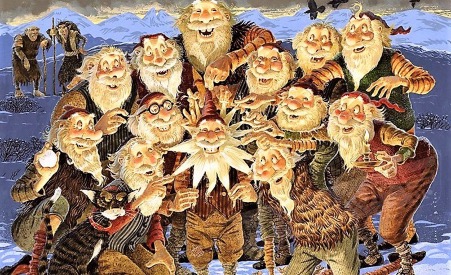
Each Yule Lad has his own distinct personality and quirky traits and were traditionally used to scare children into being good during the holiday season. Children would place their shoes by the window, and each night, a different Yule Lad would visit, leaving gifts or rotting potatoes, depending on the child's behaviour throughout the year. Nowadays, they're more like a fun and beloved part of Icelandic Christmas traditions, often depicted in various festivities and decorations throughout the season.
But don't worry, it's not all about avoiding this fashion-savvy cat. Icelanders also have some cool traditions during Christmas. One of them involves giving each other books on Christmas Eve and spending the night cozying up with a good read.
Icelandic holiday food is a fascinating aspect of the country's rich culinary traditions. During Christmas time, Icelanders indulge in a variety of traditional dishes that are deeply rooted in their culture and history. These festive treats are not only delicious but also reflect the unique flavours and ingredients found in the region.
One of the most iconic Christmas dishes in Iceland is “hangikjöt”, which translates to “smoked lamb”. This succulent meat is traditionally smoked over birch wood, giving it a distinct smoky flavour. It is often served with boiled potatoes, white sauce, peas, and pickled red cabbage.
Another popular dish during the holidays is “laufabrauð” also known as “leaf bread”. This delicate and intricately patterned bread is made from thin dough that is cut into decorative shapes. It is then deep-fried until crispy and served as an accompaniment to various holiday meals.
For those with a sweet tooth, Icelandic Christmas wouldn't be complete without “kleina” or Icelandic doughnuts. These delicious pastries are typically made from yeast-based dough that is fried until golden brown and then sprinkled with powdered sugar.
Norway
Norway, a country known for its breathtaking landscapes and rich cultural heritage, also has a unique set of Christmas traditions that make the holiday season truly special. Norwegian Christmas celebrations are steeped in centuries-old customs and folklore, creating a festive atmosphere that is both enchanting and heartwarming.
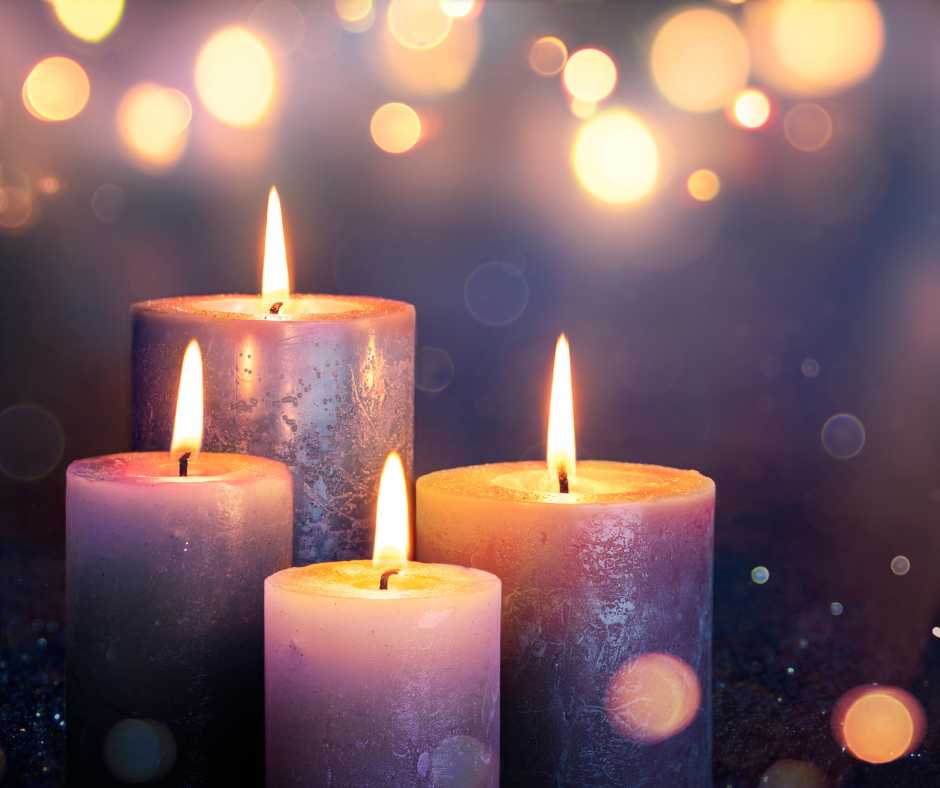
One of the most cherished traditions in Norway is the lighting of advent candles. Staring on the first Sunday in December, families gather around a wreath adorned with four candles, each representing one week leading up to Christmas. Every Sunday, an additional candle is lit until all four are aglow, symbolizing the anticipation and countdown to the birth of Jesus.
Another iconic Norwegian tradition is the decoration of homes with intricate paper hearts called “julehjerter”. These delicate ornaments are crafted from colourful paper and intricately woven together to create stunning designs. It is common to find julehjerter adorning windows, Christmas trees, and even outdoor spaces during the holiday season.
Norwegians also have their own version of Santa Claus known as “Julenissen” or “Julebukk”. Julenissen is believed to be a mischievous gnome-like creature who brings gifts to children on Christmas Eve. In some areas of Norway, it is customary for someone in the family to dress up as Julebukk and surprise loved ones with presents or playful pranks.
Christmas Eve holds great significance in Norwegian culture as it marks the main day for festivities. Families gather for a traditional meal consisting of dishes like lutefisk (dried fish), rakfisk (fermented fish), or pinnekjøtt (salted lamb ribs). After dinner, everyone joins hands around the Christmas tree while singing traditional carols called “julesanger”.
In addition to these customs, Norwegians also embrace nature during the holiday season by participating in outdoor activities like skiing or ice skating. Many towns and cities organize Christmas markets where locals and tourists can enjoy festive treats, purchase handmade crafts, and soak in the joyful atmosphere.
One fascinating tradition is the practice of hiding brooms on Christmas Eve. According to Norwegian folklore, it is believed that witches and evil spirits come out on this night, searching for brooms to ride on. To protect their homes, Norwegians hide their brooms so that these mischievous beings cannot find them.
This unique custom is rooted in the belief that by hiding the brooms, people can ward off any potential harm or mischief caused by these supernatural creatures. It has become a cherished part of Norwegian Christmas celebrations and adds an element of fun and anticipation to the holiday season.
Sweden
The Yule Goat, known as “Julbock” in Swedish, is a fascinating and iconic Christmas tradition in Sweden. This Scandinavian folklore symbol has deep roots in the countries
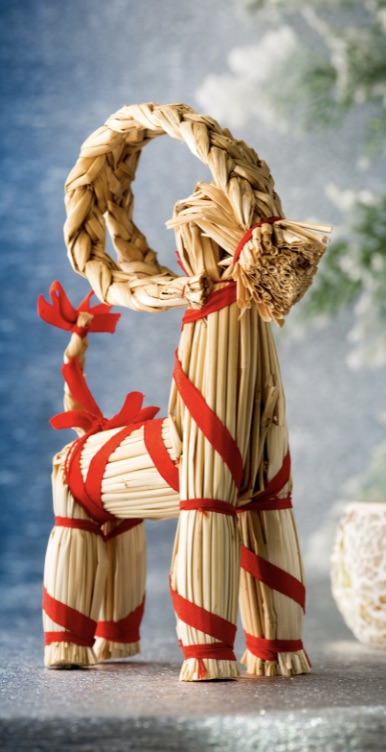
history and is an integral part of their holiday celebrations.
The origins of the Yule Goat can be traced back to ancient Pagan beliefs where goats were associated with Thor, the god of thunder. Over time, this association merged with Christian traditions, resulting in the Yule Goat becoming a popular Christmas symbol.
In Swedish culture, the Julbock is often depicted as a straw goat figure that is placed under the Christmas tree or outside homes during the holiday season. It serves as a decorative element and represents good luck and prosperity for the coming year.
The Yule Goat has become such an integral part of Swedish Christmas celebrations that large-scale versions are erected in towns across Sweden. These impressive structures are often made out of straw or other materials and serve as festive landmarks during this time of year.
Traditional Swedish Christmas foods include julbord, a feast featuring dishes like meatballs, herring, Christmas ham, and different types of sausages. There's also the iconic gingerbread cookies, saffron buns called “lussekatter”, and rice pudding with an almond hidden inside – the one who finds it gets good luck for the following year.
Gift-giving is a significant part of Swedish Christmas celebrations, and it's common for families to exchange presents on either Christmas Eve or Christmas Day. Many people attend church services, especially on Christmas Eve, and spend time with their loved ones.
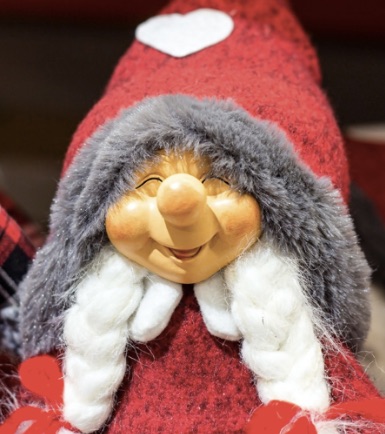
A “nisse” (or tomte in Sweden) is a mythical creature from Scandinavian folklore. It is often depicted as a small, gnome-like creature with a long white beard and a pointed hat. The nisse is believed to be a guardian of the household, bringing good luck and protecting the family and their property.
In Scandinavian culture, it is customary to leave out a bowl of porridge or other treats for the nisse during Christmas time as an offering of gratitude. It is believed that if the nisse is treated well, it will bring blessings to the household. However, if mistreated or neglected, the nisse can become mischievous or even malicious.
The legend of the nisse has been passed down through generations in Scandinavia and continues to be celebrated in various forms during Christmas festivities. Whether you believe in their existence or not, the story of the nisse adds charm and whimsy to Scandinavian folklore and traditions.
Denmark
Christmas in Denmark is a festive and cherished time of the year. The Danes have their own unique traditions and customs that make this holiday season special. From the beautiful decorations to the delicious food, Christmas in Denmark is a time of joy and celebration.
One of the most iconic symbols of Christmas in Denmark is the Advent wreath. This wreath consists of four candles, one for each Sunday leading up to Christmas. Each Sunday, a candle is lit to mark the progression towards the holiday.
Another important tradition in Denmark is the lighting of the Christmas tree. Danish families gather around their beautifully decorated trees on Christmas Eve, singing carols and exchanging gifts. It is a magical moment that brings loved ones together.
Food also plays a significant role during Danish Christmas celebrations. Traditional dishes such as roasted duck or goose, caramelized potatoes, red cabbage, and rice pudding are enjoyed by families across the country. A popular dessert called “risalamande” - rice pudding with almonds - is often served with a hidden whole almond. The person who finds it receives a special prize.
In Denmark, Santa Claus goes by the name “Julemanden”. He arrives on Christmas Eve to deliver presents to children throughout the country. Children leave out plates of cookies and glasses of milk for Julemanden as he makes his rounds.
Overall, Christmas in Denmark is a time filled with warmth, tradition, and community spirit. It is an occasion for families to come together, exchange gifts, enjoy delicious food, and create lasting memories.
Finland
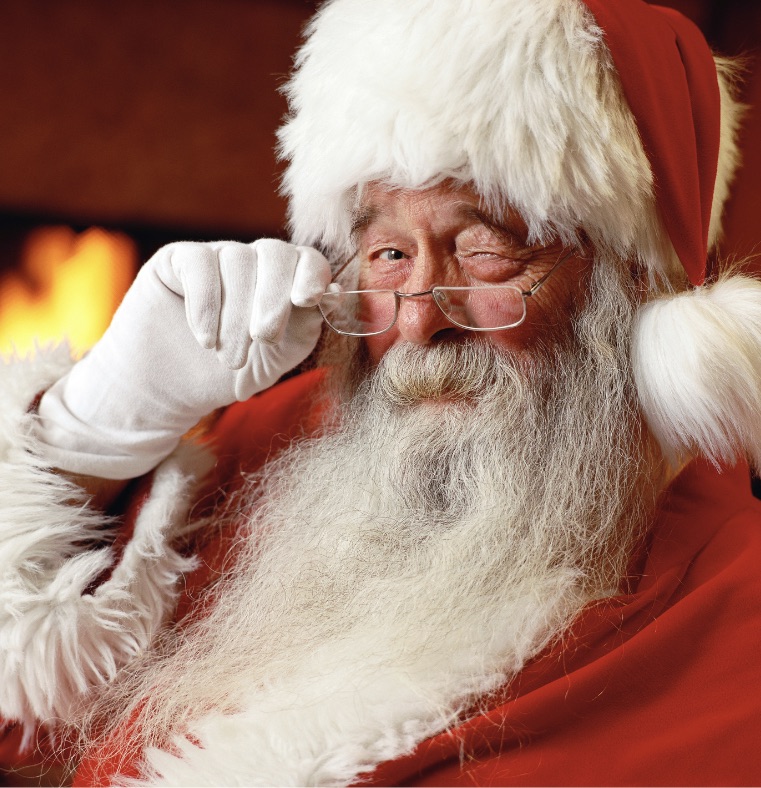
Christmas in Finland is a magical and cherished time of the year. The Finns have their own unique traditions and customs that make this holiday season truly special. From the enchanting folklore surrounding Santa Claus to the cosy warmth of saunas, Christmas in Finland is a celebration filled with joy and tradition.
One of the most iconic figures associated with Finnish Christmas is Joulupukki, who we know as Santa Claus. According to Finnish folklore, Joulupukki lives in Korvatunturi in Lapland and travels across the country on Christmas Eve to deliver gifts to children. The image of Joulupukki dressed in red robes and accompanied by his trusty reindeer has become synonymous with the holiday season.
In addition to the beloved figure of Joulupukki, Finns have their own unique customs when it comes to celebrating Christmas. One such tradition is the sauna. In Finland, it is customary for families to gather in the sauna on Christmas Eve before or after attending church services. The sauna provides a moment of relaxation and reflection amidst the hustle and bustle of holiday preparations.
On Christmas Eve itself, Finnish families come together for a festive meal that typically includes dishes like ham, fish, potatoes, carrots, rutabaga casserole (lanttulaatikko), and various desserts such as gingerbread cookies (piparkakut) and rice pudding (riisipuuro). After dinner, it is common for families to exchange gifts while enjoying the warm glow of candlelight.
Overall, Christmas in Finland is a time for family gatherings filled with warmth and love. It combines rich traditions with a touch of magic brought by Santa Claus himself. Whether it's enjoying a relaxing sauna session or indulging in delicious festive foods, Finnish Christmas celebrations are sure to create lasting memories for both locals and visitors alike.
